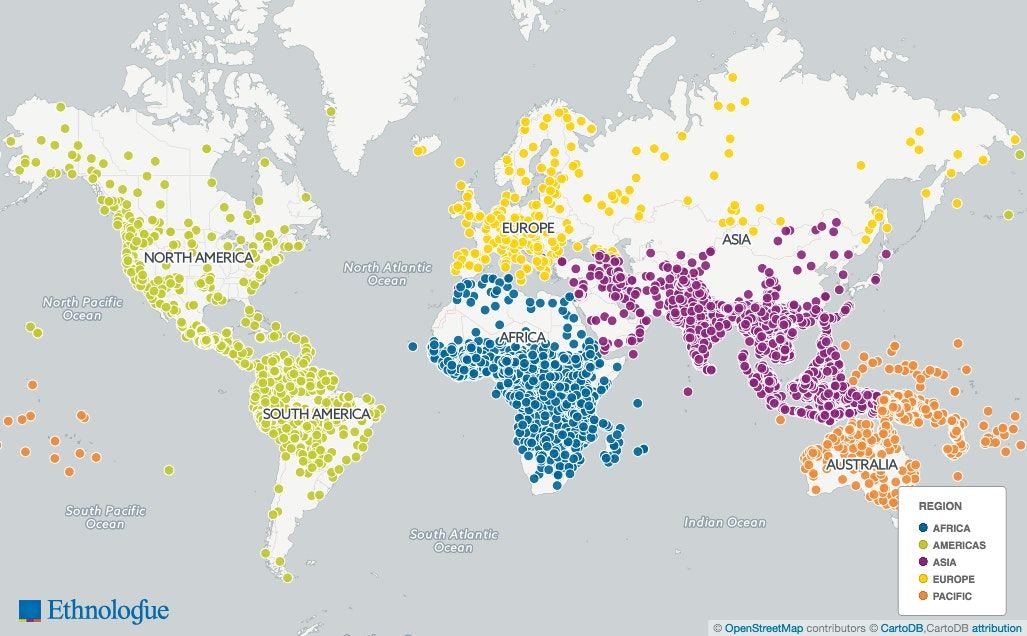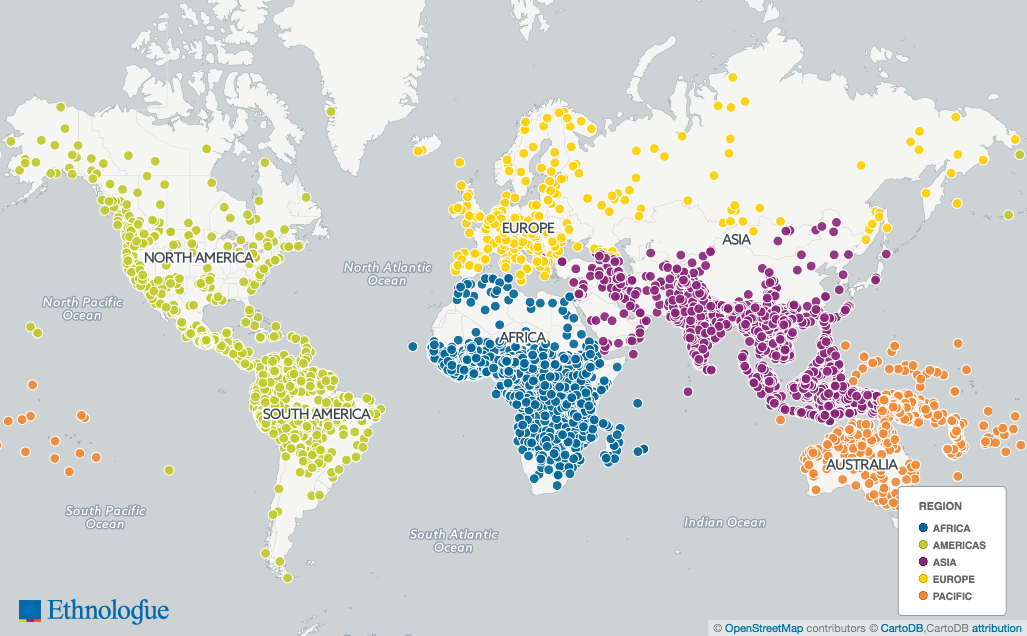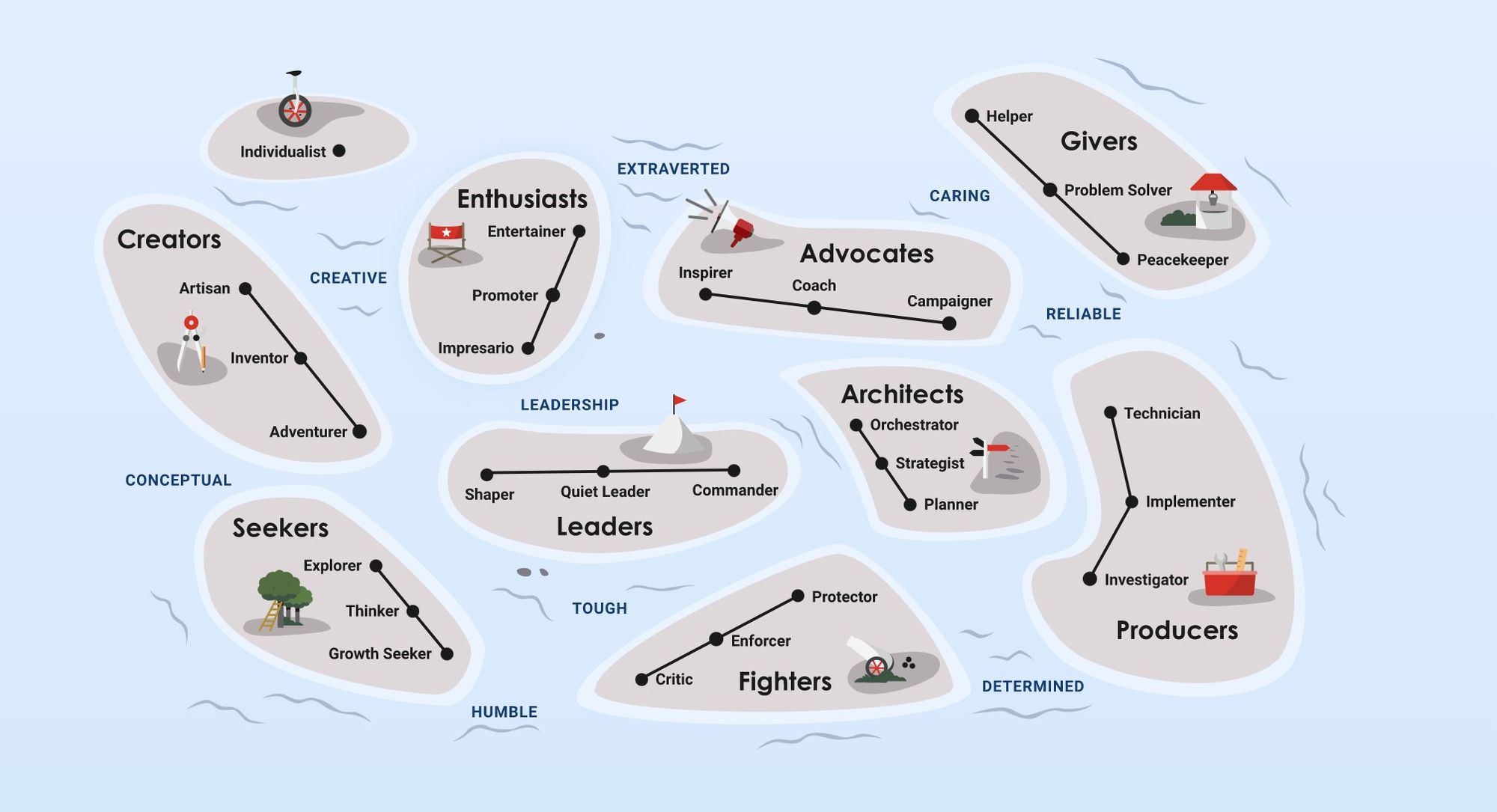Adventures… #55: Words at Play
4 lessons in communication from the best in pop music

Hello, and welcome along to another edition of Adventures…
This monthly email digest seeks to give you extra fuel to do the work you want to do in the world, and shines a light on fresh opportunities for creative and entrepreneurial endeavours. It’s put together by me, Howard.
If you’re not already subscribed, give this button a push:
Alright, let’s get into it…

The new pitch deck was almost ready. I’d been working hard on it for a couple of weeks.
Yet something was out place. I just couldn’t put my finger on it.
I shared my frustration with a new friend. His response was a fully remixed version, complete with a set of accompanying notes.
As well as being bowled over by his generosity, I saw I’d made two big mistakes.
First, assuming the audience spoke exactly the same language as me. Just a couple of misaligned words could completely throw them.
Second, pushing in pieces of languages from elsewhere. It’s smart to tap into current trends, right? Sure, but this wasn’t language I actually used in my life. Some of it I didn’t even really believe in.
Language is our principal form of communication, yet utilising it effectively is much tougher than it looks.
There are now many thousands of languages out there: whether at a macro level via nations or territories; or within micro cultures of niche fandoms, emerging occupations, or our tightly-knit tribes of friends and family.
As they continue to evolve, blend, and diffuse, all of us need to become better communicators.
But how?
A few clues can be found in a country eliminated from a big football tournament in agonising fashion (no, not England. Not yet, at least).
Stockholm Syndrome

Episode three of the Netflix show ‘This is Pop’ visits Stockholm to uncover why Swedes have had such an outsized impact on popular music. The list of artists with deep Swedish connections behind their music is staggering: Britney Spears; The Backstreet Boys; Pink; The Weeknd; Ed Sheeran - to name just a few. And then there are homegrown talents like ABBA, Swedish House Mafia, and Zara Larsson.
As the episode shared the stories of Swedish producers over the past four decades, I noticed four principles showing up repeatedly:
- Memorable and concise: Melodies always came before lyrics, and finding memorable hooks was key. In fact, lyrics were often clipped - if not butchered - to fit the music. Prioritising hooks and melodies along with concise lyrics meant that even when grammar was out of sync (to be fair, Swedes aren’t native English speakers), the message still landed.
- Collaboration: Collaboration consistently made the work better. Very few of the Swedish producers worked solo. In fact, they had a rotating cast of collaborators. Even Max Martin continues to collaborate with a wide range of other people.
- Jantelagen. Not familiar with this Max Martin character? You almost definitely know his work: he’s the second biggest selling songwriter ever. Yet him and his peers don’t believe they’ve got it all figured out, or make the story about themselves. Instead, they still work quietly behind the scenes, creating ways for other people to shine, and seeing where the ride takes them. In English, there isn’t one specific word for this approach. In Swedish, there is. Jantelagen.
- Experimentation and Play: Even the most successful producers still bring a childlike mindset into the work. This can be hugely liberating. They try things out; make things up; possibly break some stuff along the way. Then they’ll take a break to play video games; chat to random people; head back to the studio at random hours. It won’t all work… but something will.
Mixed Media
A lot of our communication today goes against these principles. It abides by what we learned at school, or how big business tell us we should do things. Many modes are too serious, rigid, or verbose. Often, our communications don’t even feel like us. This combination can leave us - and our audience - feeling misunderstood, frustrated, or downright ignored.
But it’s not too late to find ways forward.

A swathe of new communication tools encourage experimentation, collaboration, and play:
- Want to communicate more crisply with candidates you’re interviewing? Try a voice note
- Putting together a presentation? Inject your personality.
- Wonder about your enunciation or flow? Magically transcribe and read it back (beware: the number of ‘umms’ and ‘errs’ will be higher than you hope...)
There are dozens of these tools emerging right now. And many of them are free to use.
Language and communication - especially our words - matter.
Of course, things that matter don’t always come easy: you’re reading the fifth draft of this email. But instead of all this being Hard Work, perhaps we can find more opportunity for Words at Play.
Besides, communication is an infinite game. And infinite games are the ones most worth playing.
Thanks for reading, and as always I’d love to hear what’s got your attention right. Just hit reply.
Howard
PS. Who (or what) are you liking in this area right now? I’d love to hear about them.
PPS. I probably could have communicated all this better.
01 Slices of Life

Farewell Millennial Lifestyle Subsidy: It was inevitable. Say goodbye to what Kara Swisher calls “assisted living for millennials”. Pair with Derek Thompson’s prediction from 2019
Opportunity for Adventure: Rather than the ongoing idolatry of the scale-up unicorns, how about more options to tap into the wisdom of slower, steadier, long-player businesses?Survival is the new success: A quick riff on why even the creator of The Usual Suspects manages his expectations.
The Death Doulas: Doulas are commonly associated with birth. However, a friend who recently suffered a bereavement told me how valuable they found the support of what’s most easily described as a Death Doula. This piece features some of the people doing this challenging and important work.
02 Entrepreneurial Endeavours

Inside Bo Burnham ‘Inside’: This is a geeky but fascinating insight into Bo Burnham’s one-man comedy special on Netflix. Although you need to watch the show itself for this to make full sense, it’s inspiring and empowering to see what is now possible production-wise with less than $1000.
Love the Work More: Speaking of $1000, that’s how much Cannes Lions charge for people to view the winning entries from their advertising & marketing awards. Two young creatives didn’t dig it, so they made a free website listing out every winner. I like this a lot: it’s lo-fi, straight to it, and cheeky. And on a meta level, it's not a bad bit of portfolio work for its two creators.
DJ on a bike: How do you start a movement? Get on your bike. Dom Whiting has installed a DJ set up on his bicycle (following the theme, this can be done for well under $1000), and live streams to YouTube. Hundreds of people now cycle along with him, and hundreds of thousands watch online. This speaks to me: after all, it’s an Entrepreneurial Slice of Life with a Jukebox.
The Trade Journal Co-operative: Who said print is dead? Here’s a service offering random trade journals delivered to your door once a quarter.
03 Career Fuel

Principles You: another personality assessment? This one comes from renowned hedge fund dude Ray Dalio. It’s fairly dense, and mashes up a few other models plus Dalio’s own approach. I’m on the fence about how deep the insights are here, but hey it’s made by that billionaire guy who wrote that clever book loads of people pretended to finish.
A story a day keeps the clouds away: Here’s an effective way to keep depression and anxiety at bay: capturing very simple stories.
Make classics not content: Another good one from Lawrence Yeo - this time on focusing your energies. Applicable not just to content creation, but all flavours of projects.
Opportunity for Adventure: Building new platforms for visual storytelling. Per the riff on new communications tools, I wonder which other visual styles can be used effectively…?‘Creator’ vs ‘Influencer’: I’ve never felt particularly easy around either of these words. Here’s a deep dive into who they really serve. Language, once again.
04 Jukebox
A selection of music from the Front (now), the Middle (the forgotten recent past), and the Back (way back in the time).

Front: Awesome Tapes From Africa
I went back in on some Ata Kak this weekend, which led me once more to ATFA: a label bringing African artists and their music to new audiences. Here’s their latest selection.
Middle: Booka Shade - Essential Mix
Kickstarted by their breakthrough track ‘Body Language’, Booka Shade’s combo of flexible, fluid melodies and taut techno bridged an invisible gap. This Essential Mix reminds me of East London’s Shoreditch neighbourhood as it was veering from rough to smooth and back again, plus my long journeys on the night bus.
Back: Jimi Hendrix - Live at Monterey Festival
For a birthday surprise, Jacinta took me to the Nowadays venue here in Brooklyn. There were no gigs that day, but they were showing a movie: Jimi Hendrix live at Monterey. It was astounding - he really was operating in a different dimension - communicating with a totally different language. Here’s the audio, but try and see the film if you can
05 Footnotes
Other things I’ve been doing this past month...
- Watching: Euro 2020 on ESPN’s ridiculous multi-view setup that prohibits any decent views of the game. Fail
- Listening: To Alec Baldwin’s Here’s the Thing podcast. He’s a truly excellent host - the crispness of the language is something to behold
- Writing: Back in the groove. Especially those sketches and slices where the pen glides without complaint
- Teaching: On an MBA program. Yup, a little ironic
- Socialising: Two nights in a row (!). It was wonderful, but also completely exhausting. The second-order effects of the past year are bizarre
Thanks for reading...
If you want to support what I’m doing, I’d be delighted for you to join the conversation. Reply to the email, add a comment on my website, or ping me on Twitter, Instagram, or LinkedIn. Tell me what resonated or what you’d add, remove, or modify.
I’m grateful to everyone who tunes in - even the person who responded to a recent edition with “Thanks Howard, but no one gives a f**k”. Now that’s some concise and memorable communication.